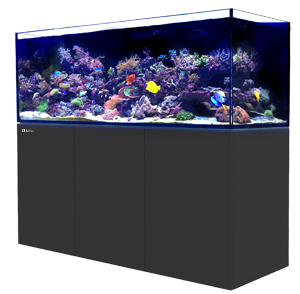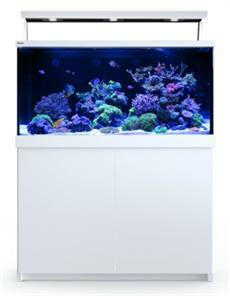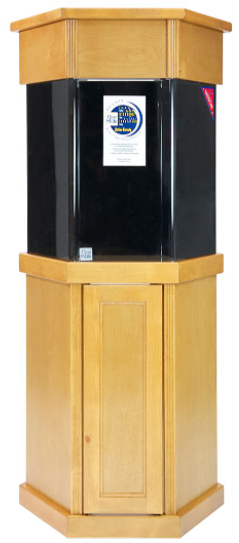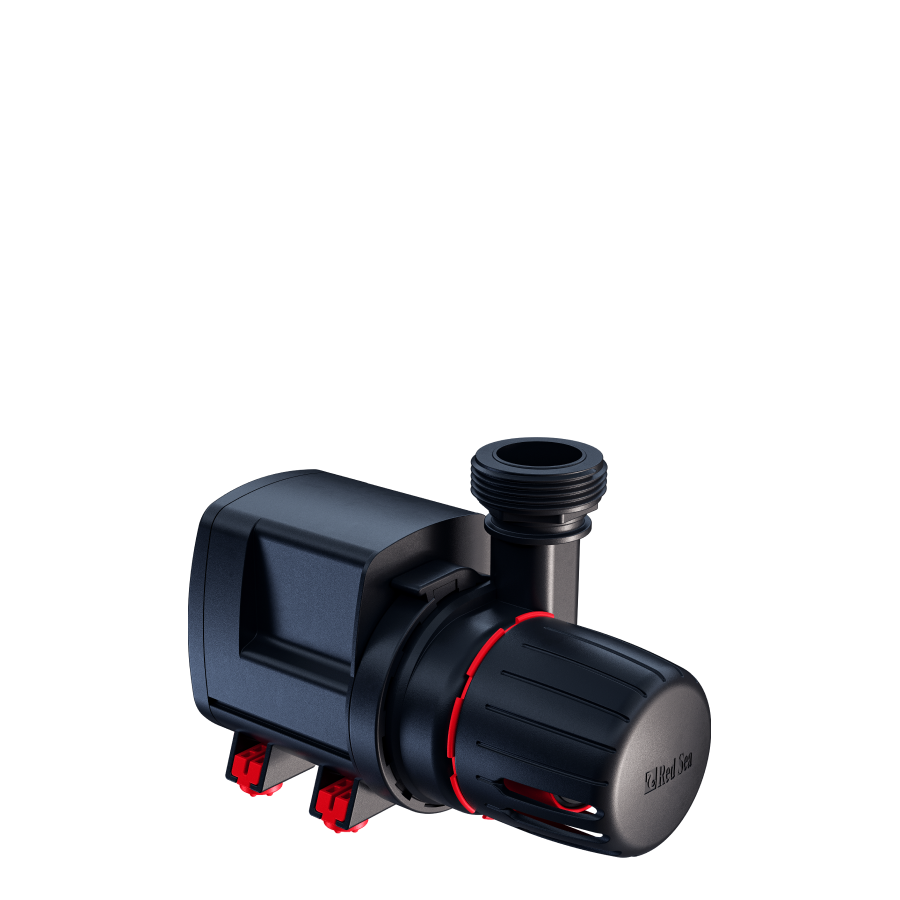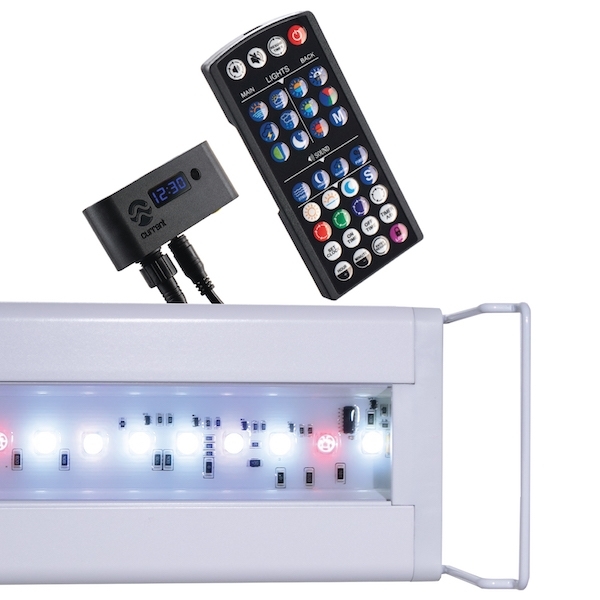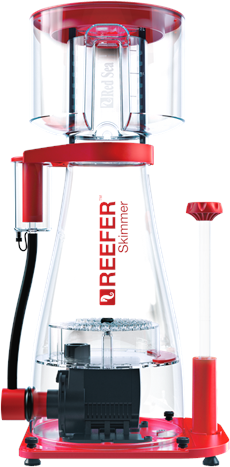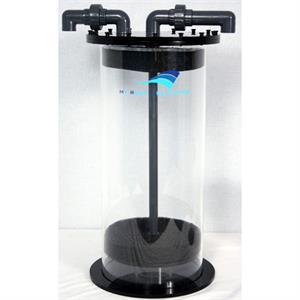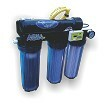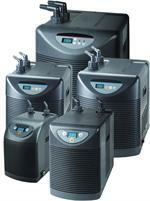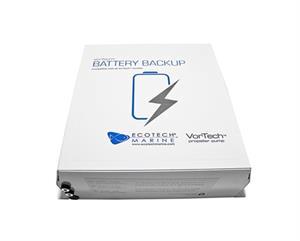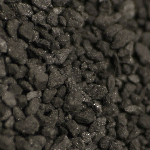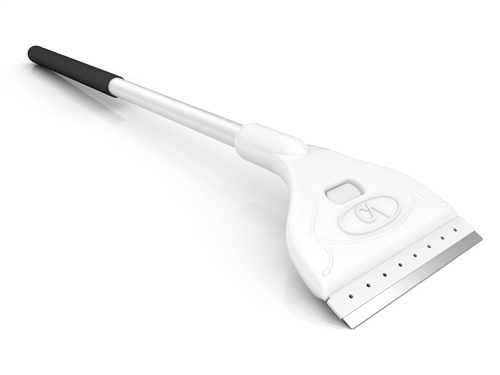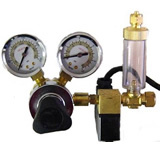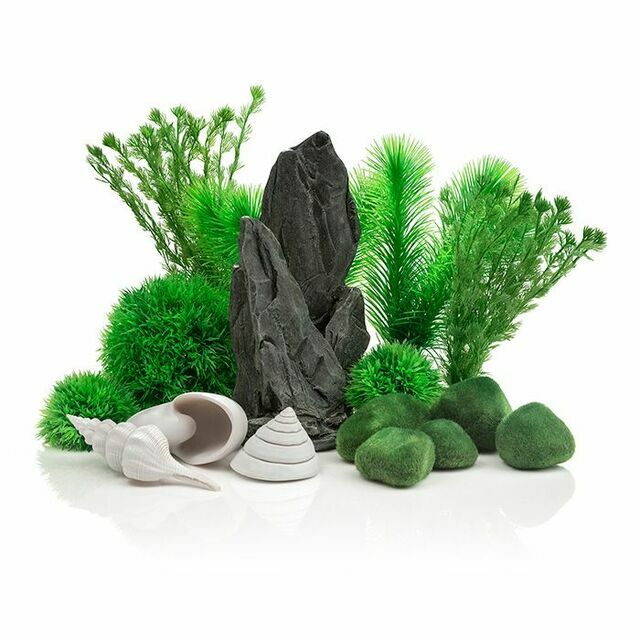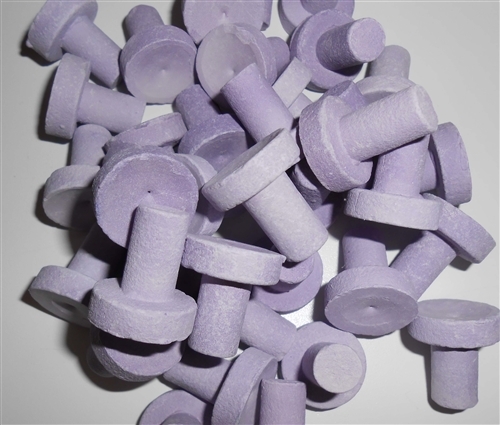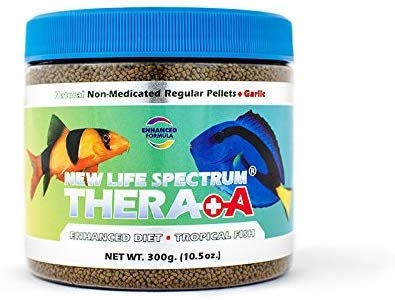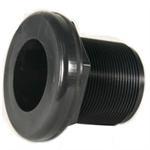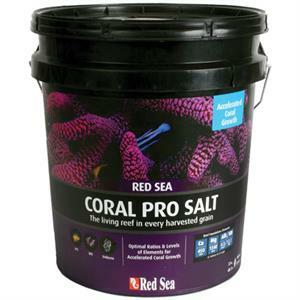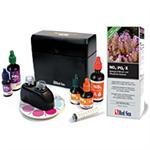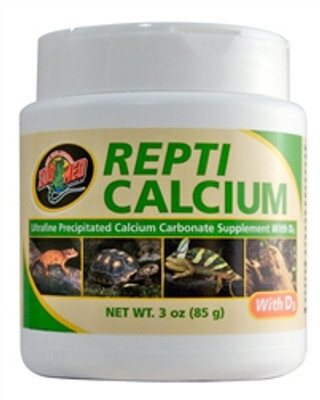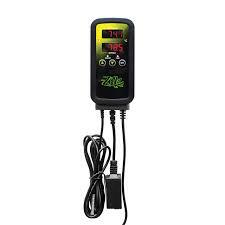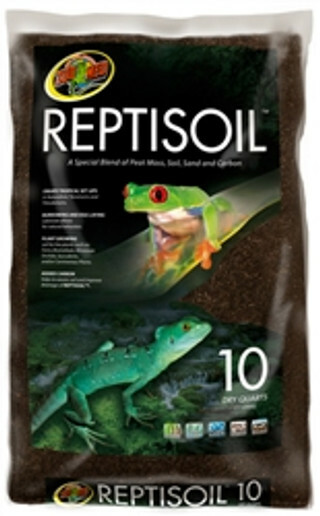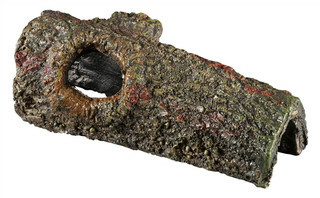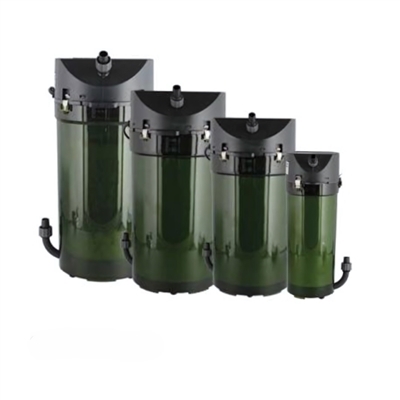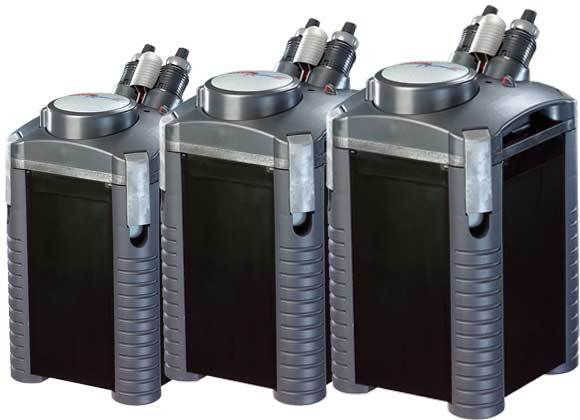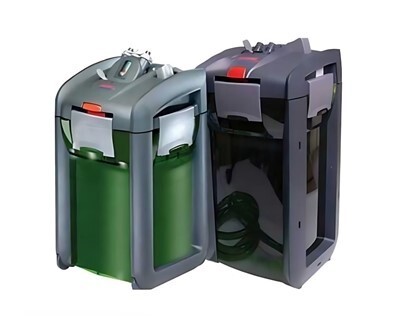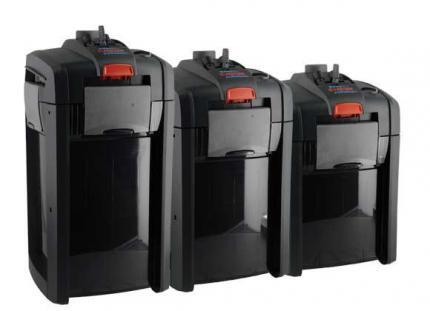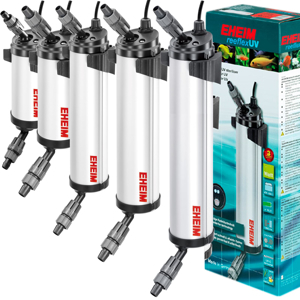Advanced Filtration Options for Large-Scale Freshwater Aquariums
Fish Tanks Direct on May 23rd 2024
Managing a large-scale freshwater aquarium presents unique challenges and demands, particularly when it comes to choosing the right filtration system. Filtration not only affects water clarity and cleanliness but also influences the overall health of the aquatic environment. Many aquarium enthusiasts find themselves grappling with complex choices, as the market offers an array of filtration systems, each boasting features suited to different types of aquatic setups. Understanding these options is critical for anyone looking to maintain a large aquarium, whether it’s for a residential setting or a more public venue.
Understanding Filtration Needs for Large-Scale Aquariums
At the core of every thriving large-scale freshwater aquarium is an effective filtration system. The role of filtration is crucial as it removes physical and soluble chemical waste products from the aquarium, ensuring the health and clarity of the water. Large tanks, often found in homes with ample space, office lobbies, or public institutions, require systems that can handle significantly greater water volumes than typical home aquarium setups.
The primary need is to manage bioload—the accumulation of waste produced by plants and any fish in the tank. Large-scale tanks need powerful mechanical, chemical, and biological filtration to keep up with the higher bioload. Mechanical filtration traps solid waste, chemical filtration removes toxic substances, and biological filtration converts harmful ammonia into safer compounds. Each type of filtration must be carefully considered and scaled appropriately for the volume of water and the specific conditions of your aquarium setup. This thoughtful consideration helps us ensure that the ecosystem within these large tanks remains balanced and healthy.
Reviewing the Top Filtration Systems for Large Freshwater Tanks
When selecting a filtration system for a large aquarium, effectiveness, durability, and ease of maintenance are top priorities. We've evaluated several systems and identified a few that stand out for their robust performance in large-scale settings. Canister filters, for instance, are highly recommended for larger tanks due to their extensive media capacity that handles high water flow rates effectively. These systems are external, making them easy to access and maintain without disrupting the tank's inhabitants.
Another excellent option for large aquariums is the wet/dry filter. Known for its superior biological filtration, the wet/dry filter uses a bio-media that provides ample surface area for beneficial bacteria to thrive. These bacteria are crucial for breaking down harmful ammonia and nitrites. Wet/dry systems are particularly beneficial for large tanks as they also oxygenate the water more effectively, which is vital in larger volumes where deoxygenation can occur more quickly. Both canister and wet/dry filters ensure that large aquatic systems maintain their clarity and environmental balance, making them ideal choices for anyone maintaining sizable aquatic environments.
Installation Tips for High-Capacity Aquarium Filters
Installing high-capacity aquarium filters is a critical step in ensuring efficient water purification in large-scale aquariums. Before we dive into the installation, it’s essential to ensure that the chosen filter matches the specific needs of the aquarium, considering factors like tank size and water volume. Proper installation begins with positioning the filter close to a power source but away from areas with high human traffic to minimize disturbances.
For canister filters, which are common in larger setups, make sure to place them in an accessible area since maintenance can be frequent. It’s important to prime the canister before starting it to avoid running the pump dry, which can cause damage. Inline and wet/dry filters require a bit more plumbing work, so it might be best to consult with us or a professional to ensure proper setup. Ensuring that all connections are secure and leak-free is crucial; always double-check for any signs of leakage before full operation.
Maintenance and Troubleshooting for Advanced Filtration Systems
Maintaining high-capacity filtration systems involves regular checks and cleaning to prevent any issues that could affect their efficiency. Monthly inspections are recommended to evaluate the filter's performance and to clean or replace any mechanical filtration components, such as sponges or pads, that appear worn out or clogged. For biological and chemical filters, media should be replaced or replenished as per the guidelines, but not all at once, to maintain the bacterial colonies essential for the nitrogen cycle.
Troubleshooting common issues such as reduced flow rate or unusual noise often involves checking for clogged filter media or obstructions in the intake and outlet tubes. Resetting or readjusting the pump's settings can sometimes resolve these issues. However, if problems persist, contacting a professional for a thorough examination might be necessary. Regular maintenance not only extends the life of your filtration system but also ensures that your large-scale aquarium remains a healthy environment for its inhabitants.
Conclusion
Whether you’re an enthusiast of the aquatic world or a dedicated aquarist, understanding the intricacies of large-scale aquarium maintenance is key to a successful setup. Remember, the clearer the water, the more spectacular your aquatic display will be!
At Fish Tanks Direct, we are committed to providing you with high-quality equipment and the knowledge you need to create and maintain thriving aquatic environments. Explore our aquarium shop today, and let us help you in building and maintaining your dream aquarium.

